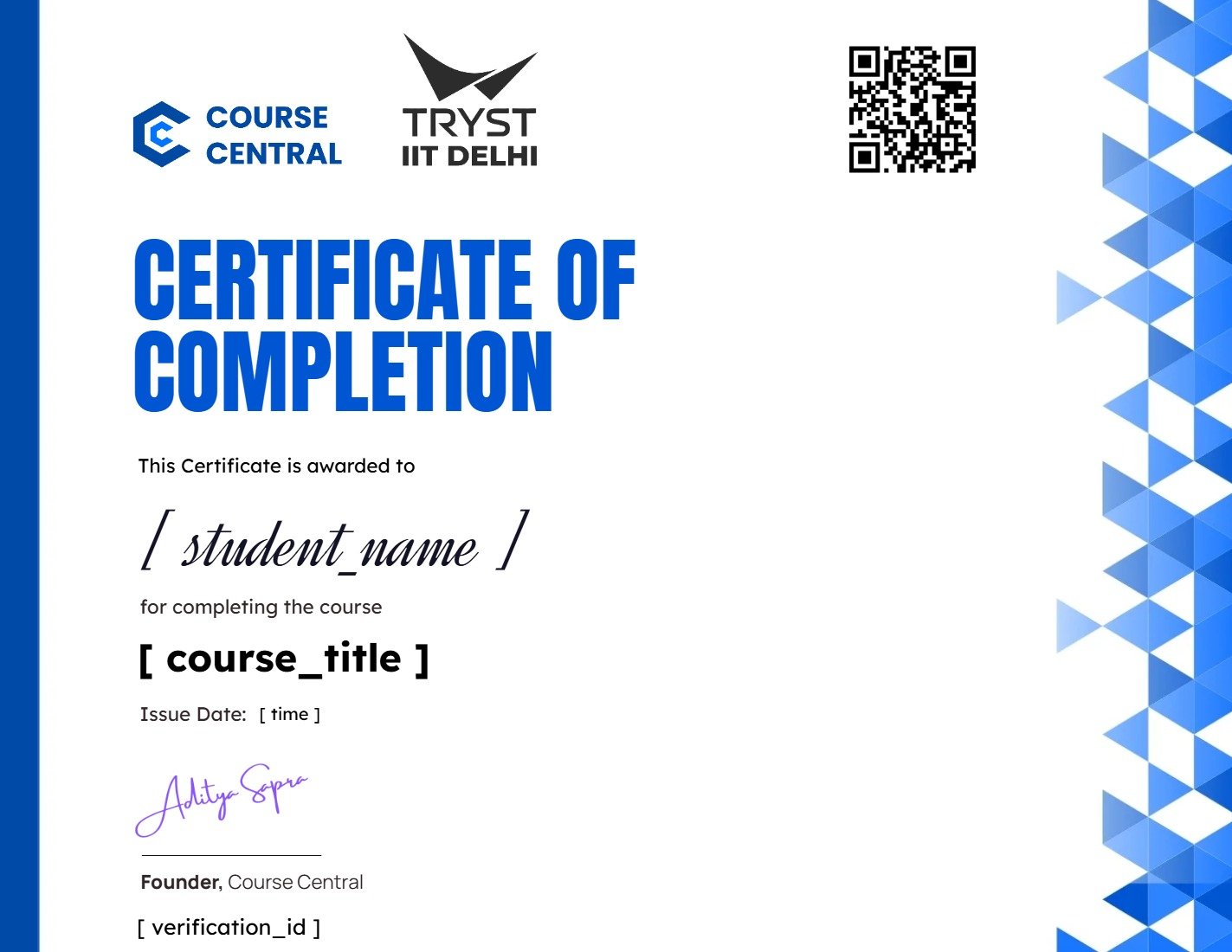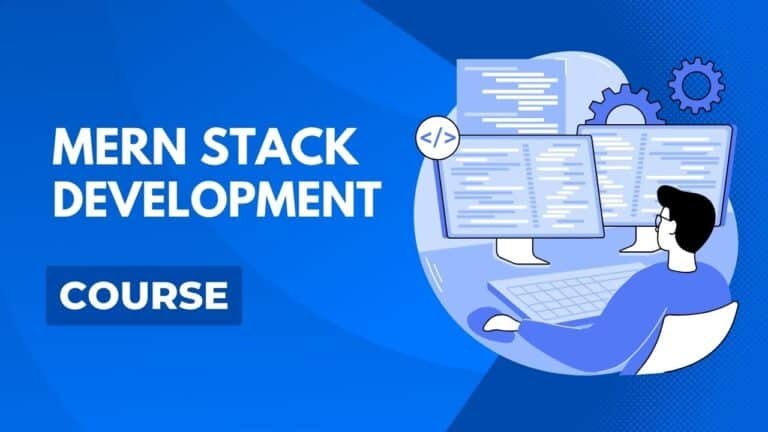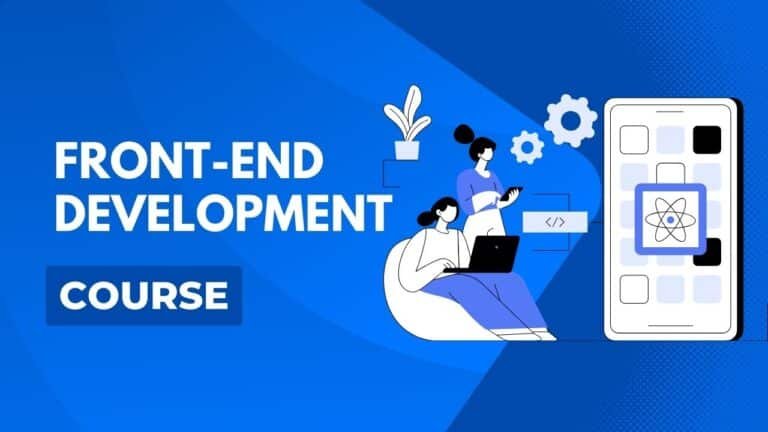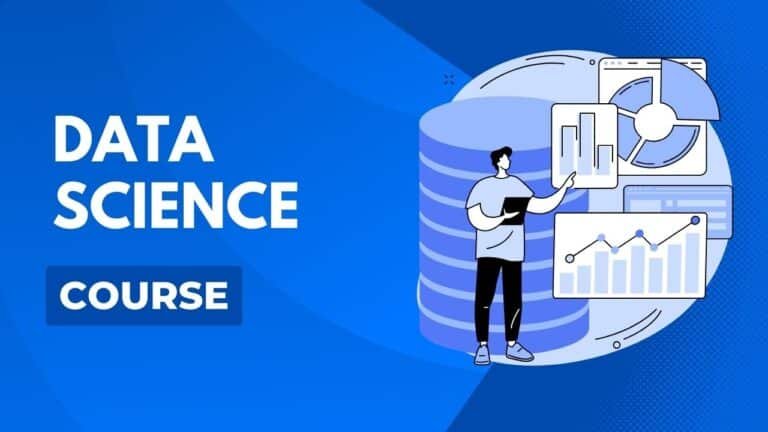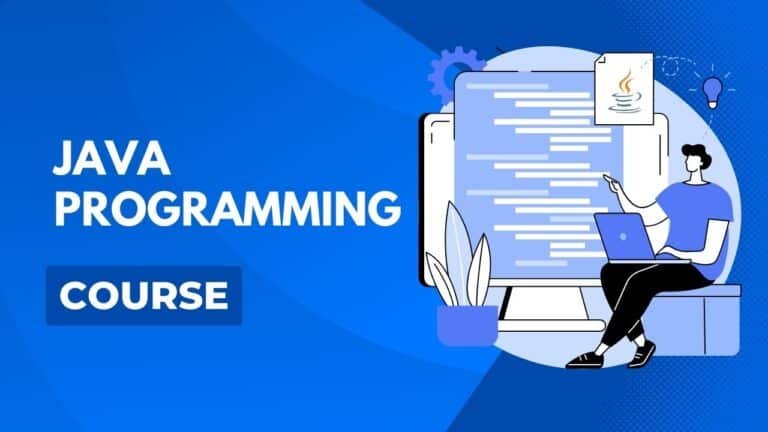The Excel course is designed to help learners master one of the most widely used tools in business, data management, and analysis. Starting from the basics and progressing to advanced features, the course covers essential topics such as formulas, functions, charts, pivot tables, data sorting, and conditional formatting. Learners gain practical skills that enable them to organize, analyze, and present data efficiently, making Excel a powerful tool for decision-making in any field.
This course is suitable for students, professionals, and anyone looking to enhance their productivity and data-handling abilities. Through hands-on exercises and real-life examples, participants learn how to automate tasks, manage large datasets, and perform complex calculations. By the end of the course, learners will be confident in using Excel for everything from simple spreadsheets to dynamic dashboards, making them valuable assets in administrative, financial, and analytical roles.

